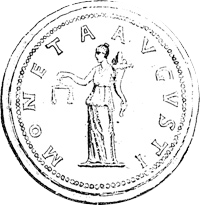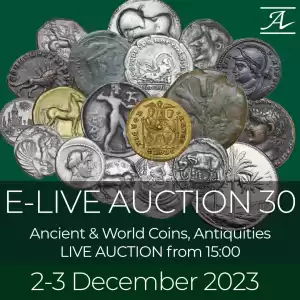

FASTENER PEG OF BYZANTINE BINDINGS
Byzantine period, c. 11th-12th century AD.
Byzantine bronze peg, with two non-through holes.
Lenght: 38 mm. Intact and complete. Commonly and erroneously interpreted as gladius-shaped amulets, this type of object is instead to be attributed to the sphere of Byzantine bookbinding. The holes in the pegs are probably for fastening them with rivets.
Bibl: Szirmai J., The Archaeology of medieval bookbinding, 1999, pp. 81-83.
Byzantine period, c. 11th-12th century AD.
Byzantine bronze peg, with two non-through holes.
Lenght: 38 mm. Intact and complete. Commonly and erroneously interpreted as gladius-shaped amulets, this type of object is instead to be attributed to the sphere of Byzantine bookbinding. The holes in the pegs are probably for fastening them with rivets.
Bibl: Szirmai J., The Archaeology of medieval bookbinding, 1999, pp. 81-83.


